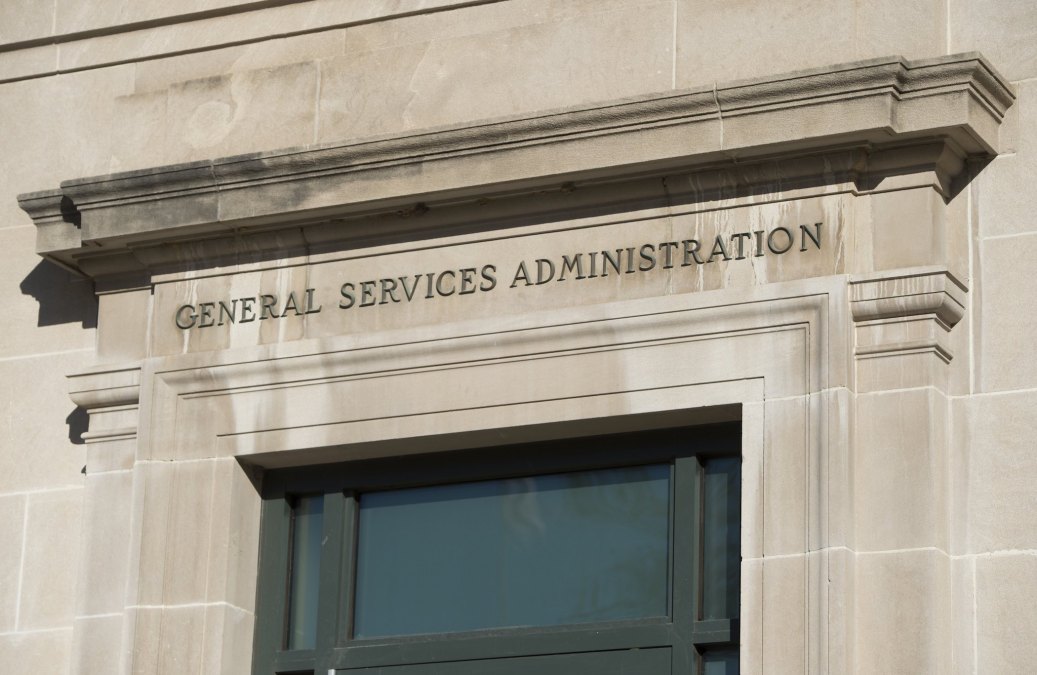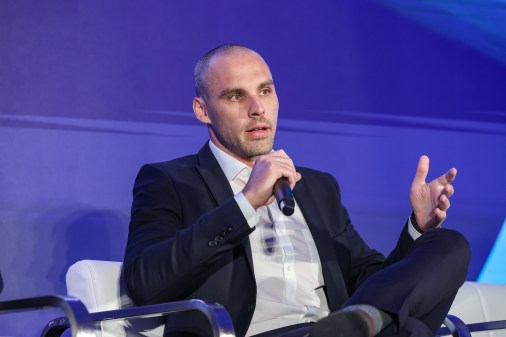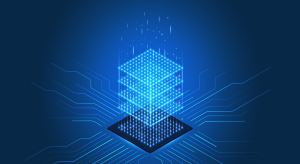GSA acting head says nearly half of agency workforce is using GSAi daily

Federal workers at the General Services Administration are increasingly using the agency’s internal AI chatbot GSAi on an everyday basis, the agency’s acting head said Thursday.
Stephen Ehikian, GSA’s acting administrator and deputy administrator, offered a glimpse into how the agency is utilizing AI for its day-to-day activities during an appearance at GovExec’s Government Efficiency Summit.
“Fifty percent, on average, of GSA employees are using this tool every single day,” Ehikian said of GSAi. It is not clear how this percentage was determined.
The agency revealed the tool in March, touting it as a way to boost efficiency and help automate repetitive tasks within the federal government. Like other AI chatbots available to the public, the GSAi tool was designed to respond to user prompts and assist in basic tasks.
Nearly four months later, workers are now turning to GSAi for a range of activities, Ehikian said, “from writing descriptions of properties before we send them to markets, to contracting officers using it to review contracts or thinking of outcome-based pricing initiatives, to people learning how to code.”
“We do a lot of Google scripts inside, internally [at] the GSA. They’re using it to literally learn new program languages, build internal tools for an application,” Ehikian added. “It’s literally endless.”
Ehikian said GSA receives requests for new use cases every day and hinted that more examples of government AI use will be released in the coming weeks.
When asked whether the GSA is tracking the types of efficiencies achieved through AI, Ehikian used the agency’s robotic process automation (RPA) program as an example.
“We serve a practice around RPA to automate a lot of back-office operations, built that, solidified it, monetized it and then exported across the government,” he said. “Now fast forward today, it’s RPA, it’s agentic workflows.”
The outcome of these automation systems is measured internally at the GSA, which found over 300,000 hours of work were saved from these systems in the first six months of this year, according to Ehikian.
“We do measure this; it is not about eliminating workers,” Ehikian said. “It’s about eliminating the drudgery of data and work.”
Ehikian confirmed the GSA is exploring other AI tools from external firms but emphasized the agency is “Switzerland” and does “not want to pick and choose winners.” This means swapping out and engaging with models as they come out, he added.
Other companies with AI tools “all want to work with governments. They are offering phenomenal opportunities and deals,” he said. “Everything from chatbots to image generators to coding agents to various specific use cases around contracting, we are looking at all these technologies today.”
The GSAi platform already allows federal workers to access technology from other firms like Anthropic and Meta.
Last week, FedScoop reported that government coders at GSA were discussing on GitHub how to incorporate xAI’s Grok chatbot into GSAi and the yet-to-launch tool AI.gov.
A spokesperson for the agency told FedScoop it “is evaluating the use of several top-tier AI solutions to empower agencies and our public servants to best achieve their goals. We welcome all American companies and models who abide by our terms and conditions.”
Four days later, xAI announced a new contract with the Department of Defense and that Grok was available to purchase through GSA.
The increased use of automation in the federal government comes against the backdrop of President Donald Trump’s Department of Government Efficiency, which has resulted in workforce and spending cuts across agencies.
Ehikian described DOGE’s actions this year as bringing the government “back down to the core foundation” and compared it to the restructuring of nongovernmental businesses.
“What’s most important? What’s most critical? It’s slimming down,” Ehikian said.
“Phase two will be the build-back phase. The build-back isn’t just bringing it back to what it was before. It is rethinking GSA,” Ehikian continued. “Phase two will be taking a more slimmed down version of GSA and thinking of how do you streamline workflows, business processes, bring new technologies in, rearrange, restructure the workforce itself?”
It remains to be seen when and how “phase two” will unfold.






